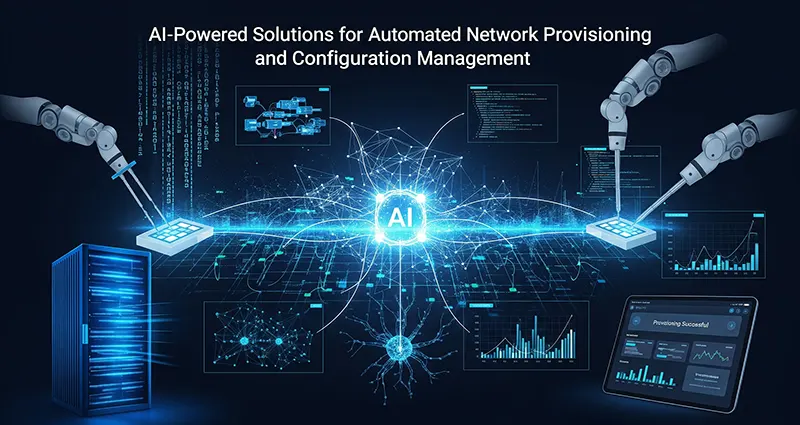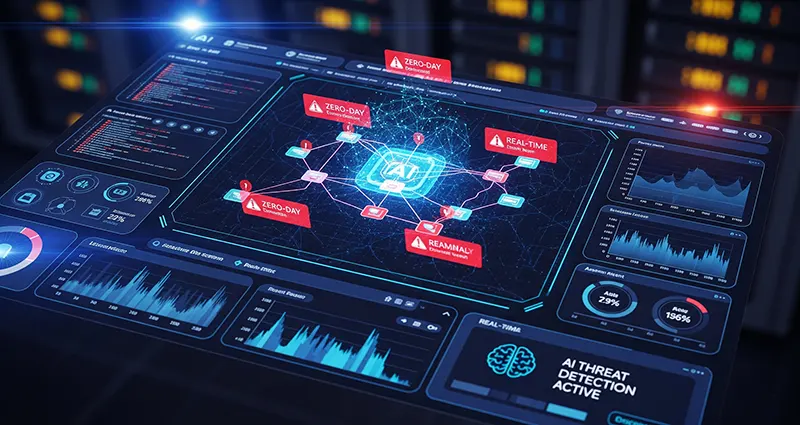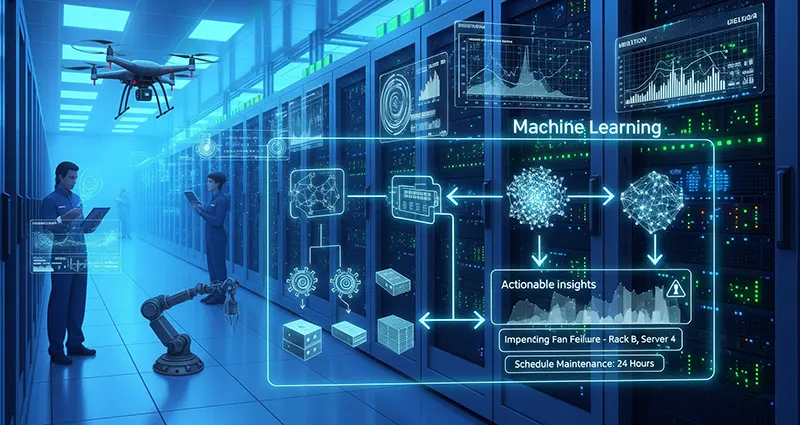AI-Powered Solutions for Automated Network Provisioning and Configuration Management
In today’s fast-paced digital world, enterprise networks are becoming increasingly complex, demanding faster deployment, efficient management, and reliable performance. Traditional manual processes for network provisioning and configuration management are often time-consuming, error-prone, and resource-intensive. To address these challenges, organizations are turning to AI-powered solutions for automated network provisioning and configuration management to streamline operations and enhance network agility.
Understanding Network Provisioning and Configuration Management
Network provisioning involves setting up network resources such as switches, routers, firewalls, and other devices to prepare the infrastructure for service deployment. Configuration management ensures that these devices are properly configured, maintained, and updated throughout their lifecycle to meet organizational policies and security requirements.
Manual approaches to these tasks typically involve repetitive, rule-based workflows that are prone to human errors, leading to configuration inconsistencies, downtime, and security vulnerabilities.
How AI-Powered Solutions Revolutionize the Process
Artificial intelligence introduces automation, intelligence, and adaptability into network provisioning and configuration … Read More
Using AI for Real-Time Zero-Day Threat Detection in Enterprise Networks
In the rapidly evolving landscape of cybersecurity, enterprise networks face continuous threats that challenge traditional defense mechanisms. Among these threats, zero-day attacks represent some of the most dangerous and elusive vulnerabilities. Leveraging artificial intelligence (AI) for real-time zero-day threat detection has become a pivotal strategy to enhance enterprise security and stay ahead of cyber attackers.
Understanding Zero-Day Threats
Zero-day threats refer to previously unknown security vulnerabilities that hackers exploit before developers can create patches or fixes. Because there is no existing signature or defense mechanism, zero-day attacks can cause significant damage, leading to data breaches, system downtime, and financial losses.
The Challenge of Detecting Zero-Day Threats
Traditional security solutions, such as signature-based antivirus and intrusion detection systems, rely on known threat patterns. These methods struggle to identify zero-day attacks as they have no historical data or signatures to reference. This limitation necessitates advanced, adaptive, and intelligent detection techniques.
How AI
… Read MoreUsing Machine Learning for Predictive Maintenance in Large-Scale Data Centers
In today’s digital age, large-scale data centers are the backbone of countless services, from cloud computing to streaming platforms. Ensuring their smooth operation is crucial, as downtime can result in significant financial losses and customer dissatisfaction. One of the most effective ways to maintain these complex infrastructures is through predictive maintenance powered by machine learning.
What is Predictive Maintenance?
Predictive maintenance involves forecasting equipment failures before they happen, allowing for proactive repairs instead of reactive fixes. This approach minimizes unexpected downtime, reduces maintenance costs, and extends the lifecycle of critical assets.
Why Machine Learning is a Game Changer
Traditional maintenance strategies often rely on scheduled checks or reactive approaches, which can be inefficient and costly. Machine learning (ML), on the other hand, leverages vast amounts of operational data to identify patterns and anomalies that human operators might miss. This enables more accurate predictions about when and where failures might occur.… Read More
Automated Data Backup and Seamless Synchronization Across Devices with Wireless NAS for Home
In today’s digital age, data is the lifeblood of our daily lives. From important documents and photos to music and videos, our digital assets hold great value. However, the risk of losing this data is a constant concern for many. Thankfully, advancements in technology have made it easier than ever to safeguard our data through automated data backup and seamless synchronization across devices. One such solution is the use of a wireless NAS (Network Attached Storage) system for home.
Understanding Automated Data Backup
Automated data backup is the process of regularly making copies of important files and storing them in a separate location. This practice protects against data loss caused by hardware failure, accidental deletion, or malware attacks. Traditionally, data backup involved manually copying files to external drives or cloud storage. However, this process can be time-consuming and prone to human error. With automated data backup, the process is streamlined … Read More
Enhancing Privacy and Security: The Importance of Creating Separate WiFi Networks for Visitors in Guest Networks
In a world where connectivity is paramount, ensuring privacy and security when granting network access to visitors has become a significant concern for homeowners. Guest networks offer a solution by allowing guests to connect to a separate WiFi network while safeguarding the privacy and security of the primary network. This article explores the benefits and importance of creating separate WiFi networks for visitors in guest networks, emphasizing the role they play in protecting sensitive information and ensuring a secure digital environment for both homeowners and guests.
Creating Separate WiFi Networks for Visitors:
Establishing a guest network with a separate WiFi network provides numerous advantages for homeowners seeking to maintain privacy and security. Key benefits of creating separate WiFi networks for visitors in guest networks include:
- Privacy Protection: By setting up a separate WiFi network for visitors, homeowners can prevent guests from accessing sensitive data or devices connected to the primary














